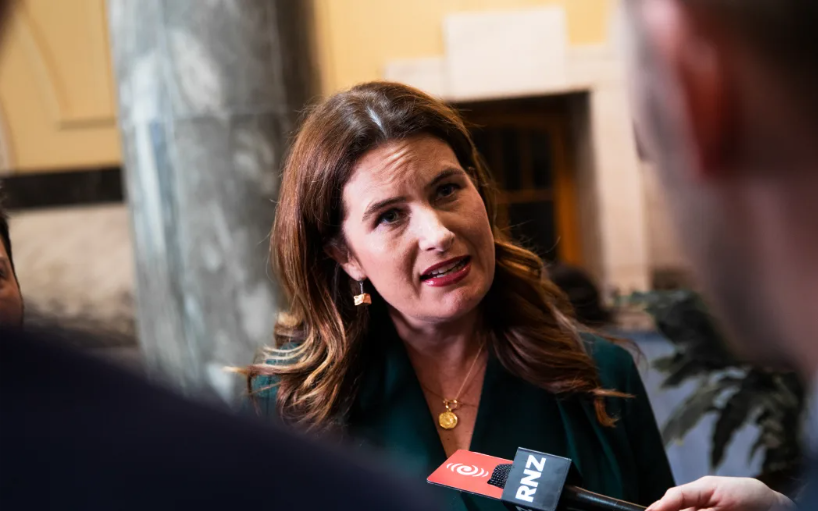The reduction in spending, which appears to be driven by increased staffing levels, has been agreed to by both the central bank and the government.
It follows Adrian Orr’s abrupt resignation as the Reserve Bank’s governor last month.
Unlike most other agencies, which receive annual funding through the Budget process, the Reserve Bank’s board negotiates five-year funding agreements with the Minister of Finance, who receives advice from the Treasury.
In a statement on Wednesday, Finance Minister Nicola Willis said the bank’s board and Treasury were of the view the new expenditure limits were appropriate.
“The new five-year agreement reflects the need for all government entities to identify cost savings and demonstrate value for money,”
“The bank initially sought funding of $1.03 billion for the coming five years, but the Treasury advised me that that amount did not represent good value for money.”
The new agreement allocates the bank operating expenses of $750 million and capital expenditure of $25.6m for the five-year period.
“That equates to average operating expenditure of $150m a year, 25 percent less than the bank’s $200m operating expenses budget for the current financial year,” Willis said.
The minister said the central bank had “grown hugely” in recent years, with full time equivalent staff numbers rising from 255 in 2017/2018 to 660 in January this year.
“Benchmarking analysis performed by the Treasury shows that several of the Reserve Bank’s non-legislative functions, particularly in the People and Communications teams, appear overstaffed,”
“The new agreement will ensure that the Reserve Bank has adequate resources to fulfil its legal responsibilities while promoting heightened cost efficiency,” Willis said.
The Reserve Bank has recently come in for criticism over a sharp increase in staff numbers.
However, economists say whether it has the right number of people is not a straightforward question to answer.














